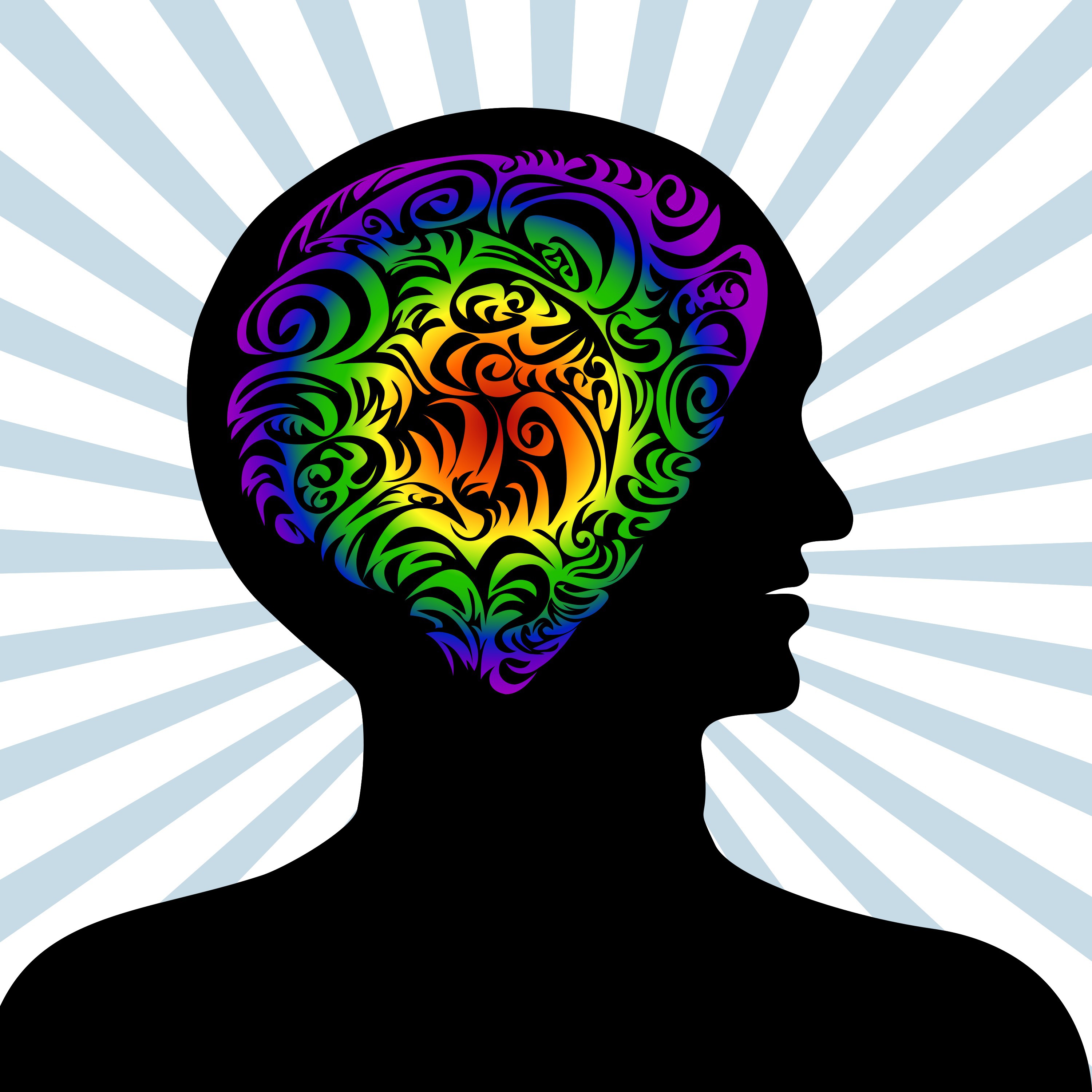Quick links, bringing you great articles on writing from all over the web.
Jenny Hansen knows 10 things about you, and I have to admit she pretty much nailed me. After reading Tolkien as a child, I spent many a day searching for Ents in the forest behind my house. Head on over to Writers In The Storm and see how many items fit you.
~ * ~
10 Things I Know About You and Your Books
 From our earliest moments, most writers are avid readers. We devour books – for story, for Craft, for new worlds and new ideas.
From our earliest moments, most writers are avid readers. We devour books – for story, for Craft, for new worlds and new ideas.
We have To Be Read piles (TBR for short) that are taller than small children. Our favorite authors and characters become our friends.
I don’t know if we become students of the written word because we love to read or if we read because we were born to love the written word. All that chicken and egg Zen is well beyond me.
I just flat out love books and every writer I know does too. You might even describe us as “obsessed with the printed word.” It takes a lot of love to go through what we must do to yank our stories from our hearts onto the page.
If you are a writer, there are things that I know about you and your books:
1. I know you get uncomfortable when you are “bookless.”
If you are stuck somewhere without a book, you will begin reading any words available – shampoo bottles, food labels, billboard signs. Whatever. Books and magazines are preferred, but in a pinch, any words will smooth your soul. (Do you keep a bag of books in your car trunk like I do?)

